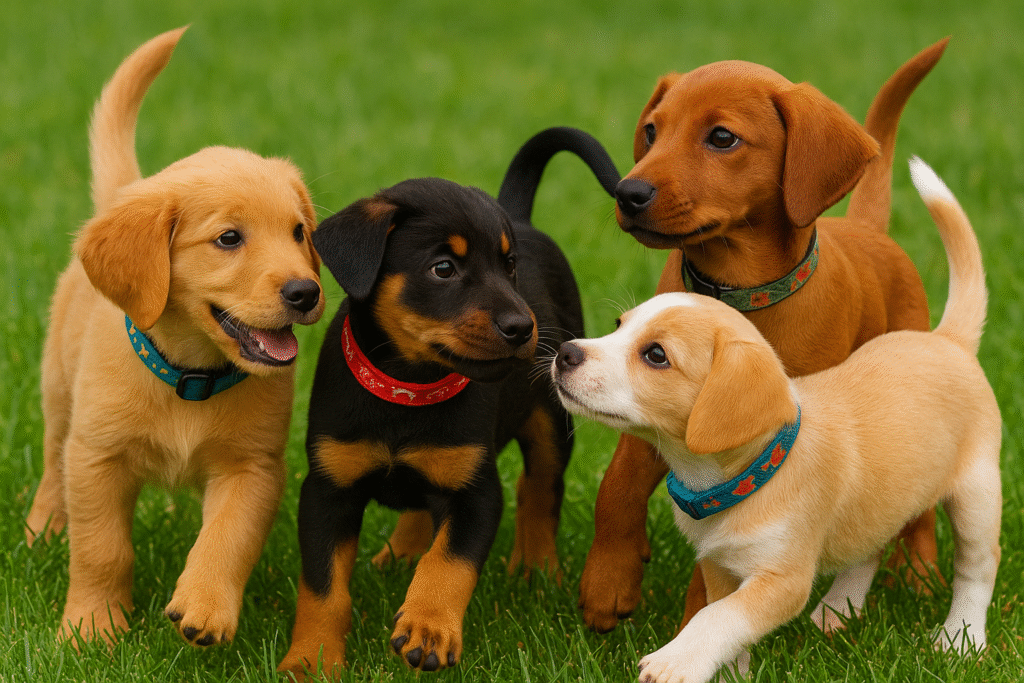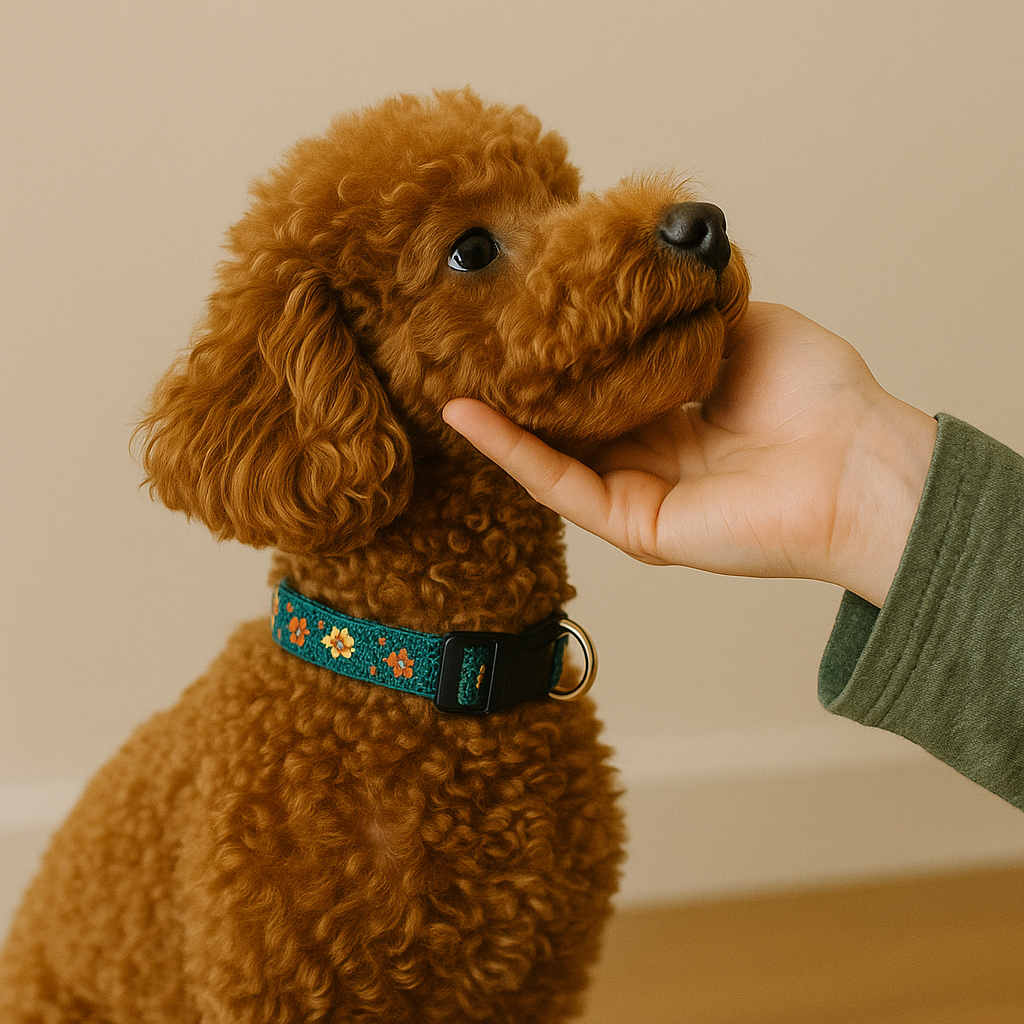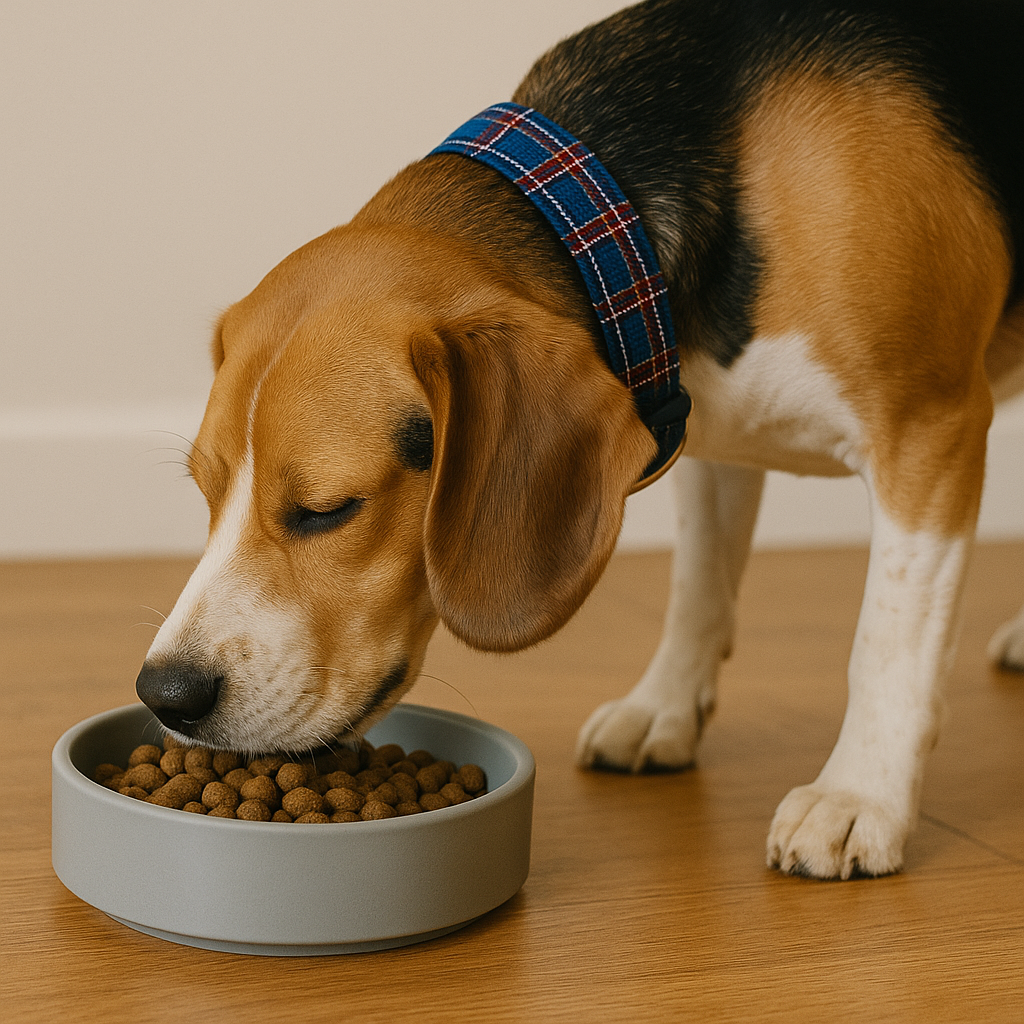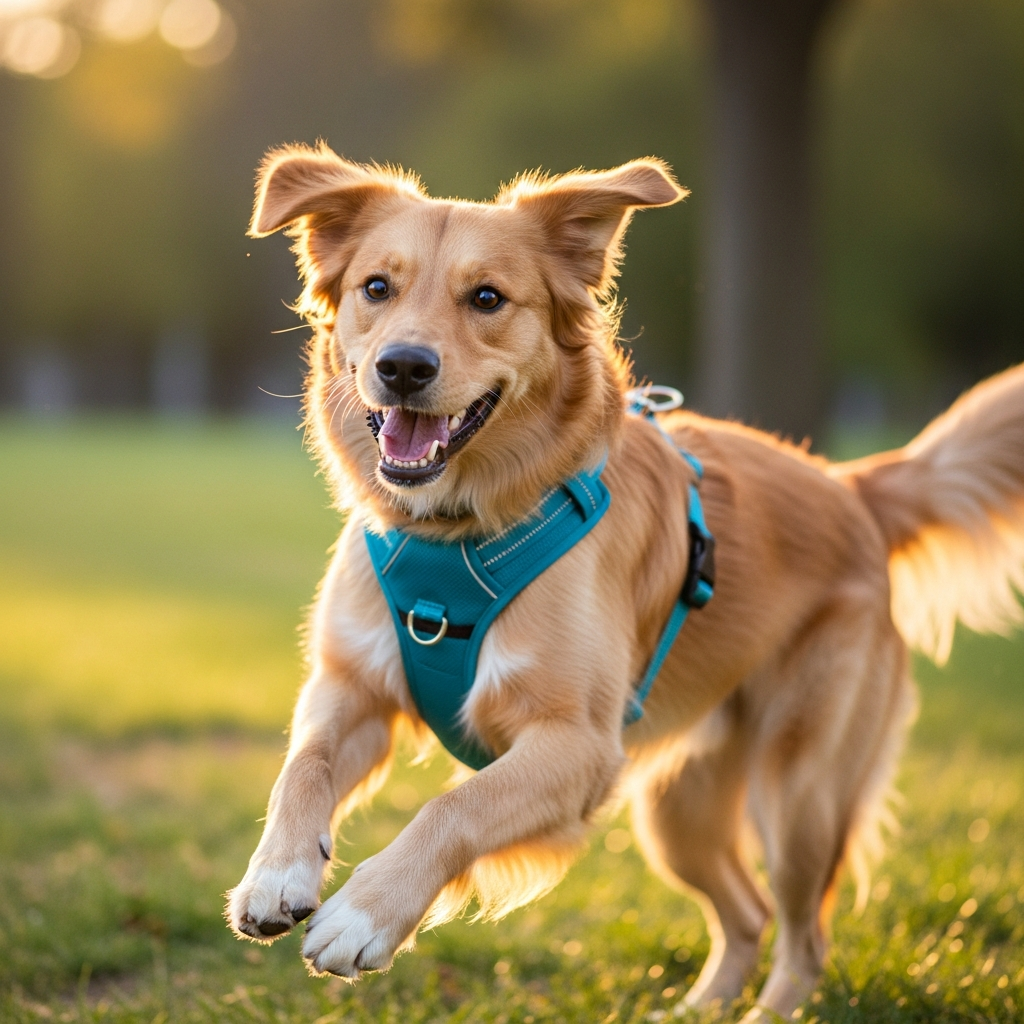Uncomfortable dogs may resist control and training. Without the right collar, this can lead to behavioral issues. A good collar builds comfort and trust.
Dogs find enjoyment in wearing collars because they associate them with walks, security, and bonding. Collars aren’t merely tools—they become familiar, comforting accessories in their daily routine.
Curious why collars are more than just training gear for your dog?

Do Dogs Really Like Wearing Collars?
Yes, most dogs genuinely enjoy wearing collars. From the moment a puppy is introduced to a dog collar chain or soft fabric band, it becomes a part of their daily life. For dogs, collars symbolize outings, affection, and positive reinforcement. It's common for dogs to wag their tails excitedly when they see their collar—because it often means fun, interaction, or attention. As long as the fit is right and it's not too tight or too loose, the dog learns to accept, and even enjoy, having it on.
Dogs also become accustomed to the sensory feel of the collar against their neck. Over time, this constant, familiar sensation can have a calming effect. Much like how we become comfortable in our favorite clothes, dogs find comfort in what's familiar—especially if it's never associated with negative experiences.
What Types of Dog Collars Do Dogs Prefer?
Not all collars are created equal. Some offer more comfort and practicality than others. For example, the martingale dog collar is preferred for breeds with narrow heads, like greyhounds, because it tightens gently without choking. It's a safe, secure choice that still offers freedom of movement. On the other hand, an airtag dog collar combines function with peace of mind, allowing owners to track their dogs if they wander off, which adds another layer of security.
Collars like the dog halo collar, designed for blind dogs, help them navigate safely and confidently. These are built with both function and the dog’s comfort in mind. Even tools like a dog e-collar, often misunderstood, can be used with positive reinforcement techniques to reinforce good behavior when applied correctly and humanely.
Ultimately, dogs prefer collars that are comfortable, well-fitted, and part of a routine that involves positive experiences.


How Do Collars Strengthen the Dog-Human Bond?
A dog’s collar is more than just an accessory—it's a symbol of the special bond between pet and owner. Each time you buckle your dog’s collar before a walk or play session, you're strengthening that connection. Dogs come to associate the collar with attention, playtime, and outdoor fun, which brings them joy and excitement, making the collar a beloved part of their daily routine.
Collars also play a vital role in communication. Dogs feel secure when they know what to expect, and a familiar collar signals to them that they are safe, loved, and in their own territory. When used properly, collars build trust rather than fear, especially when positive reinforcement methods are used during collar training.
Additionally, collars serve as identification tools. Tags attached to the collar help ensure that a lost dog can find its way back home, making the collar a valuable safety device that supports long-term well-being.
Summary
Dogs prefer collars that are familiar, comfortable, and used with love and consistency.

Cindy Long is the Sales Manager of Raysunpets and a pet lover with over 12 years of experience in exporting pet products. She specializes in providing customized dog chest carriers, leashes and pet accessory solutions for the European and American markets, always focusing on the real needs of customers and pets, and is committed to creating high-quality, practical and comfortable products that allow fur kids to live happier lives.


